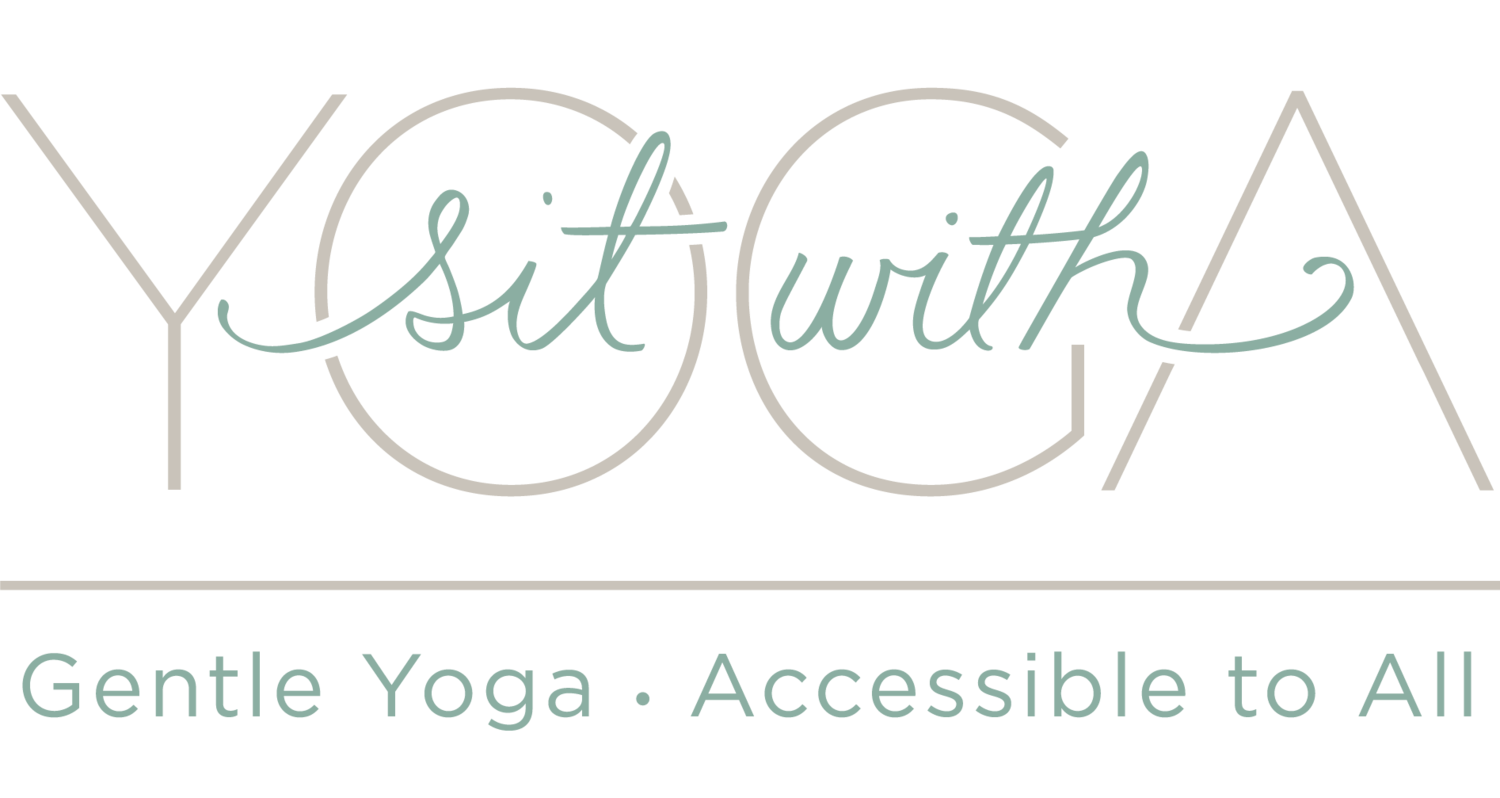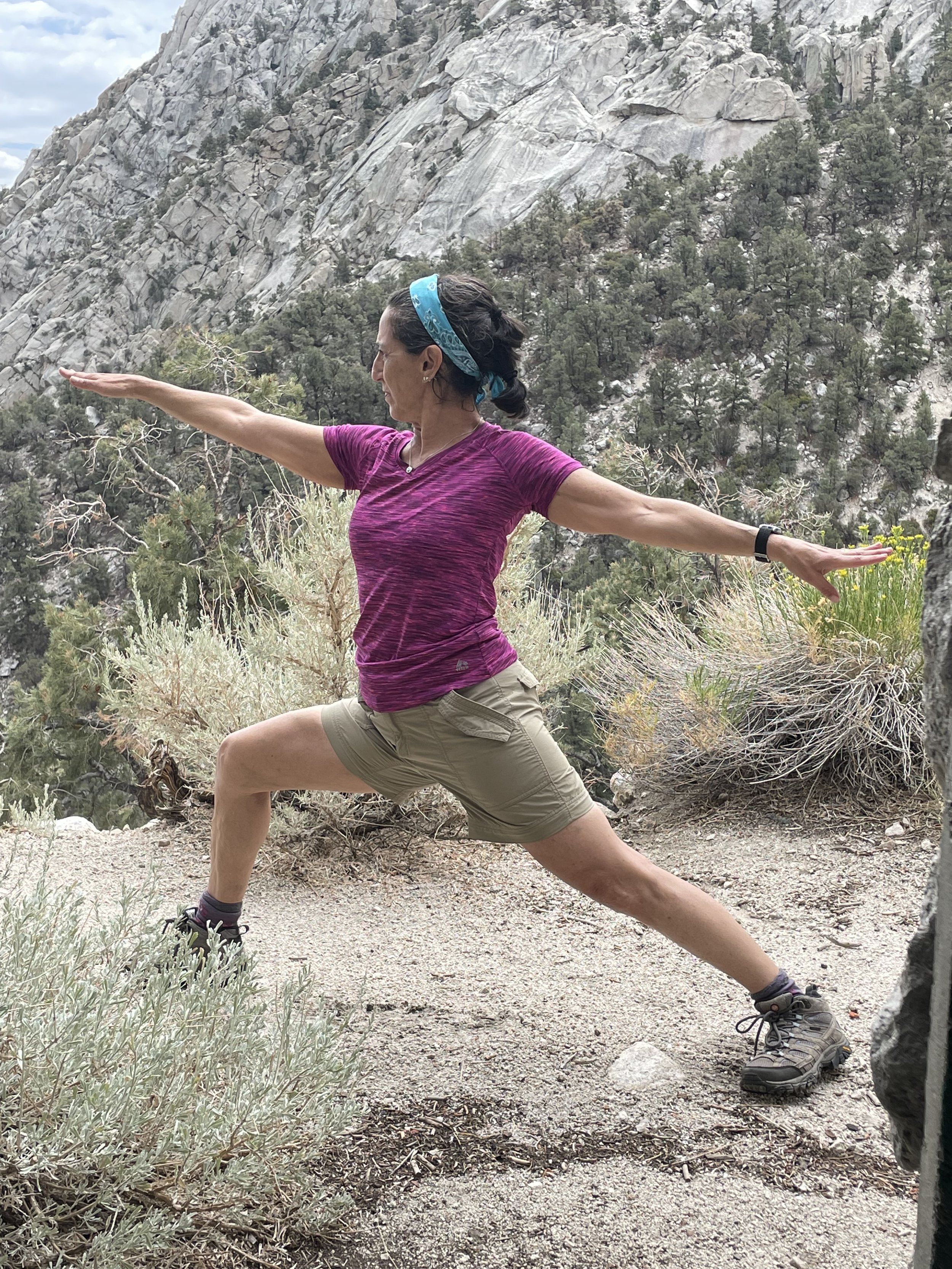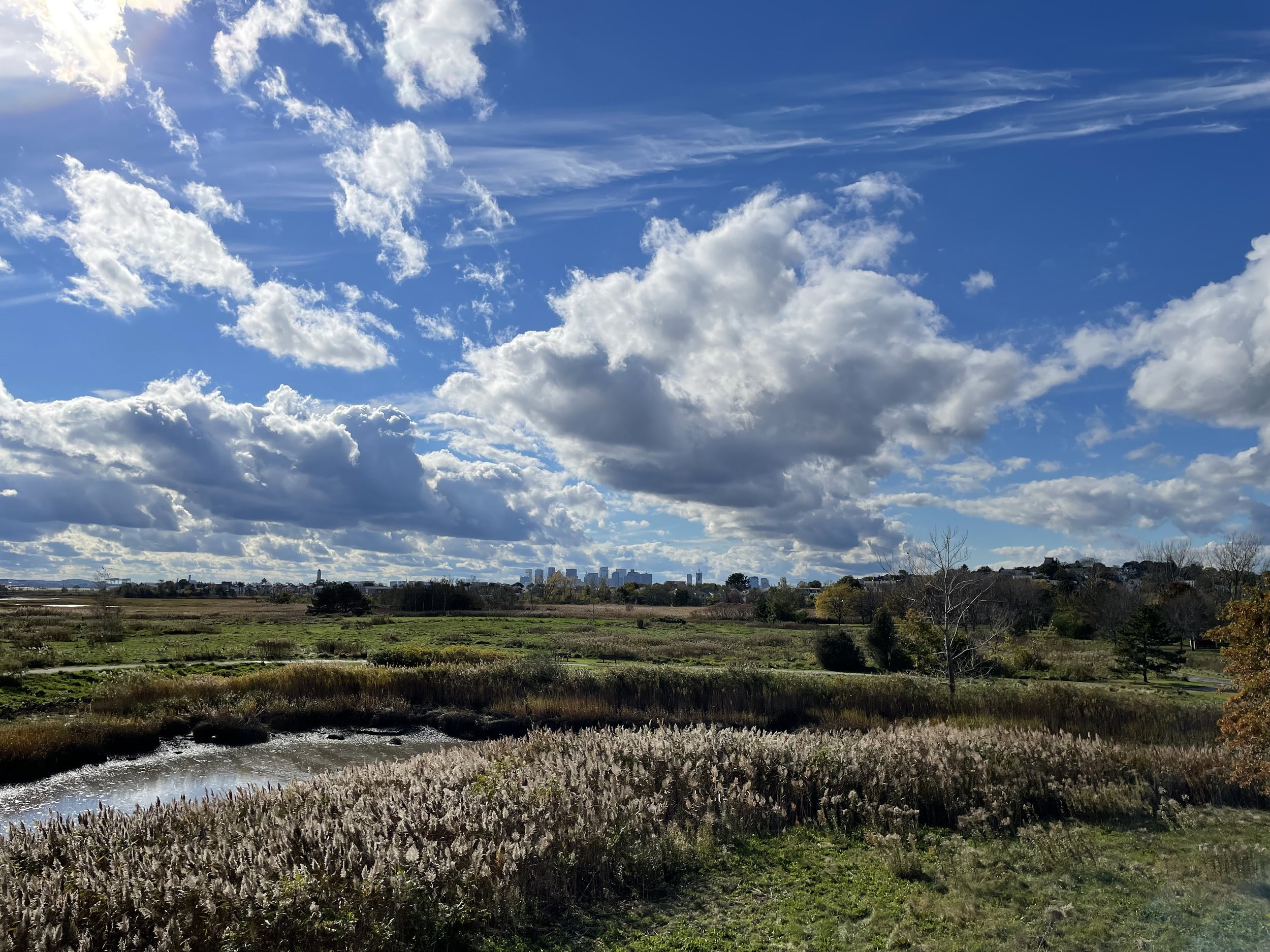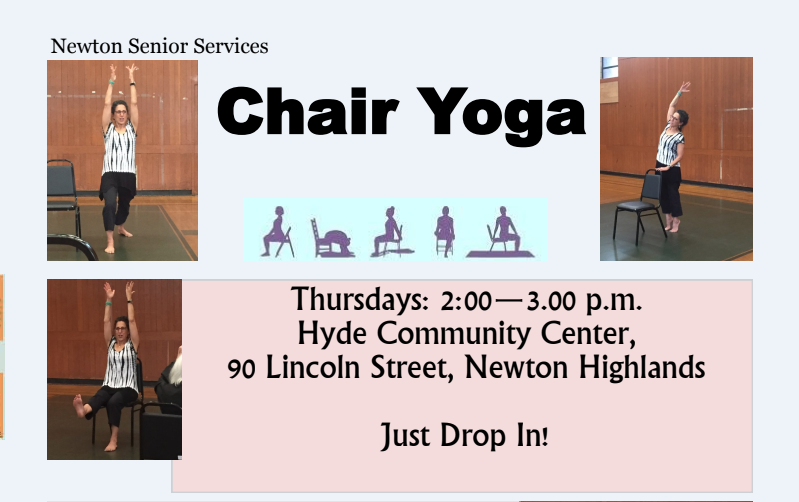In other words.
Here is a nice reference to my teacher Lakshmi Voelker-Binder.
Read this article about the beneifits of our practice.
Find the possibilities.
Blossom.
See what you can see.
Look far. Look near.
Belle Isle Marsh Reservation, East Boston October 2021
Comfort in community.
Spring
We celebrate the turning of the seasons.
We can embrace the beauty and hopefulness of Spring.
As breath continuously circles through us, the earth turns and we look to the optimism of new life.
We have endured a difficult time with the Covid pandemic.
In this part of the world, we are blessed now that the vaccines are helping us to see a better time—but this is not the case everywhere. Let’s send our hopes and help to parts of the world that need support.
Find peace in your breath.
Here is a place to practice.
Find your breath.
Involved
Celebrating community. I was so touched to get this email not too long ago:
Hi Diane,
Just checking in with a quick THANK YOU and 5 stars for your awesome chair yoga session today. I really appreciate how you became involved with our center and the quality classes you put forth. Thank you!
Director of Senior Services
Council on Aging/Senior Center
I have been very fortunate to teach a class at this local Senior Center. I love the warm and inviting atmosphere and all the wonderful people there. I have taught a weekly class with this group for three years. We continue online.
I very much look forward to seeing everyone in person again. And I look forward to hugs all around.
Namasté.
Practice.
Death Valley, CA 2/2020
Hello.
Now is the difficult time of the Covid Virus.
As we are all navigating these unprecedented circumstances, I am truly missing teaching classes in person and practicing in community with long-time students and friends.
If you are so inclined, please feel free to visit this YouTube site (click HERE) to find some short chair yoga sessions I have recorded.
I wish you all the best in peace.
Namasté.
Community.
Class offers community.
As we have known, in class together, our yoga practice is enhanced by the presence of others. In this time of social distancing, we cannot physically be with one another.
Let’s find our collective breath, even though we are apart.
Namasté.
Warrior, wherever you are.
Death Valley, CA - Warrior II Pose
At the online publication of Yoga Journal , I was recently reading about warrior poses. I am intrigued with the notion of doing battle with “self ignorance.”
Please read the following exerpt from the article, and click the link below to go to the Yoga Journal website.
About Warrior I:
“Virabhadra's Pose is also known as the Warrior Pose (there are three variation of Warrior, of which this is customarily numbered I). It may seem strange to name a yoga pose after a warrior; after all, aren't yogis known for their non-violent ways? But remember that one of the most revered of all the yoga texts, the Bhagavad-Gita, is the dialog between two famous and feared warriors, Krishna and Arjuna, set on a battlefield between two great armies spoiling for a fight.
What's really being commemorated in this pose's name, and held up as an ideal for all practitioners, is the "spiritual warrior," who bravely does battle with the universal enemy, self-ignorance (avidya), the ultimate source of all our suffering.”
Go to the site here.
"Small Kindnesses"
I often start a yoga class by reading a poem aloud to the group. I love searching through poems and finding the right ones to read. A member of a class one day described it this way: “When we start with a poem,” she said, “it is like the threshold of the class.”
The poem, “Small Kindnesses,” by Danusha Laméris was published in the New York Times Magazine in September 2019. It was chosen to be published there by the poet, Naomi Shihab Nye.
I have read this poem at the start of class a number of times.
Small Kindnesses
By Danusha Laméris
I’ve been thinking about the way, when you walk
down a crowded aisle, people pull in their legs
to let you by. Or how strangers still say “bless you”
when someone sneezes, a leftover
from the Bubonic plague. “Don’t die,” we are saying.
And sometimes, when you spill lemons
from your grocery bag, someone else will help you
pick them up. Mostly, we don’t want to harm each other.
We want to be handed our cup of coffee hot,
and to say thank you to the person handing it. To smile
at them and for them to smile back. For the waitress
to call us honey when she sets down the bowl of clam chowder,
and for the driver in the red pick-up truck to let us pass.
We have so little of each other, now. So far
from tribe and fire. Only these brief moments of exchange.
What if they are the true dwelling of the holy, these
fleeting temples we make together when we say, “Here,
have my seat,” “Go ahead — you first,” “I like your hat.”
Naomi Shihab Nye writes about her selection of this beautiful poem:
“Sometimes a poem just strikes a precise moment. “Small Kindnesses,” by Danusha Laméris, feels utterly necessary for our time — a poem celebrating minor, automatic graciousness within a community, which can shine a penetrating light. It’s a catalog of small encouragements, unfolding as might a child’s palm filled with shiny stones. It almost feels like another hope we remember having. Acknowledging the modern plight of autonomy and so many separations, the poem then easily passes through them, breezing compliments and simple care. Selected by Naomi Shihab Nye”
As published in the NYT:
Naomi Shihab Nye is the 2019-21 Young People’s Poet Laureate of the Poetry Foundation, Chicago. Danusha Laméris is poet laureate of Santa Cruz County, Calif. Her next book, “Bonfire Opera,” will be published by the University of Pittsburgh Press.
Click here to go to the article in the New York times.
Newton Senior Center Yoga
Join me for classes in Newton, MA
Read more here.
*****Also note, I teach additional classes at this location, Mondays 11am-noon and Wednesdays 10:30-11:30am . JUST DROP IN!
Yoga for Anxiety and Depression
Harvard Study
From the Harvard Mental Health Letter
YOGA FOR ANXIETY AND DEPRESSION:
Research suggests that this practice modulates the stress response.
FROM THE ARTICLE:
Natural anxiety relief
Available reviews of a wide range of yoga practices suggest they can reduce the impact of exaggerated stress responses and may be helpful for both anxiety and depression. In this respect, yoga functions like other self-soothing techniques, such as meditation, relaxation, exercise, or even socializing with friends.
Click here to see the full article.
Child’s Pose.
Desert Beauty and Cactus Arms
From the Northeast, traveling South and West, I find the desert. Sometimes, reference to the desert suggests emptiness, or abandon. Of course the words desert and deserted share a common root. I was lucky enough to spend several days in and around the desert in Arizona.
Read moreCircles.
As we ride the earth around the sun we experience variations of weather. The seasons are constantly in transition, one to the next. We think about the unique identity of the seasons, but really it is a constant transistion. We think in terms of the distinct identities, no matter where you live. I delight in the changes, expected and unexpected and I also fear the changes we face due to human activity.
I hope for more mindful care of the earth as it moves through space.
Join me.
I asked the question.
What is yoga?
Google responded that there were "about 761,000,000 results." That sounds about right.
Find your own yoga.
Connections
When I am teaching a yoga class, I always talk about breath.
One breath connects to the next. In life, every inhale is followed by an exhale. It is the journey of this constant cycle that allows us to travel through the awareness of ourselves. We breathe with intention and we notice how it feels. That's yoga.
The ancient writings about yoga teach us that the practice is a means to find the quieting of the fluctuations of the mind.
I was recently fortunate to find a wonderful website offering thoughts and suggestions for finding relaxation through yoga. Go to that website by clicking HERE.
Jump in.
More on mindfullness, more.
Webmd reports a list of the "12 Habits of Super-Healthy People." The final offering is, "Be Mindful."
Here's what they say:
Be Mindful
"It can mean meditating or simply stopping to smell the roses. However you do it, studies show mindfulness slashes stress, relieves pain, and improves your mood. And scientists are beginning to understand how. One study found that 8 weeks of regular meditation can change parts of your brain related to emotions, learning, and memory. Even washing dishes can be good for your brain, as long as you do it mindfully."
Go to the source here:
I say:
We are hearing recommendations for mindfulness more and more. Advice to "be mindful" is a common presence in the mainstream of modern information flow. Is it becoming a "hackneyed" phrase? Are we becoming immune to it?
It is important to hear the intent of the recommendation and to respond to it.
Slow down.
Wait.
Acknowledge a moment. Notice how you feel, physically and emotionally.
It takes some practice. Maybe it's in yoga.





























